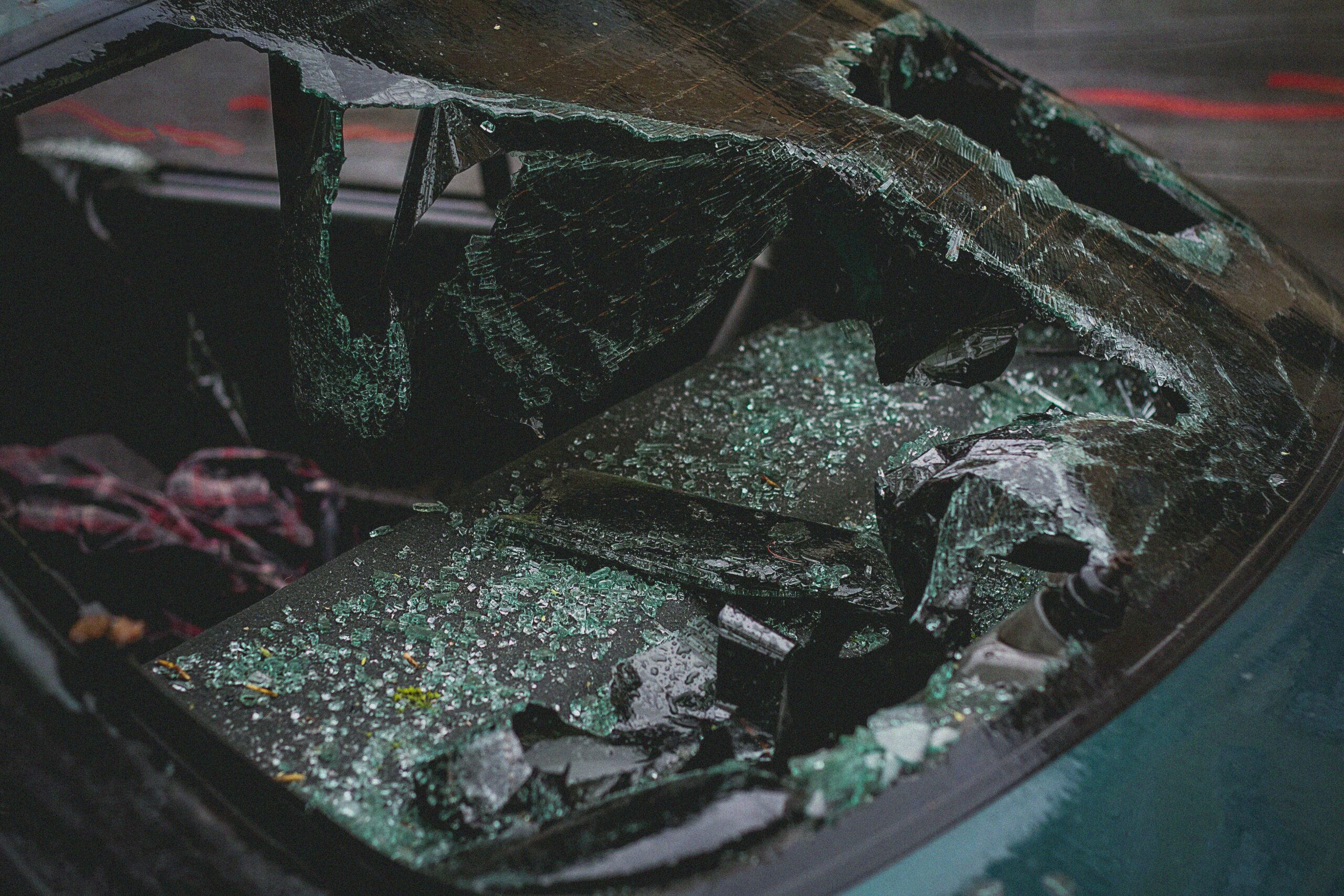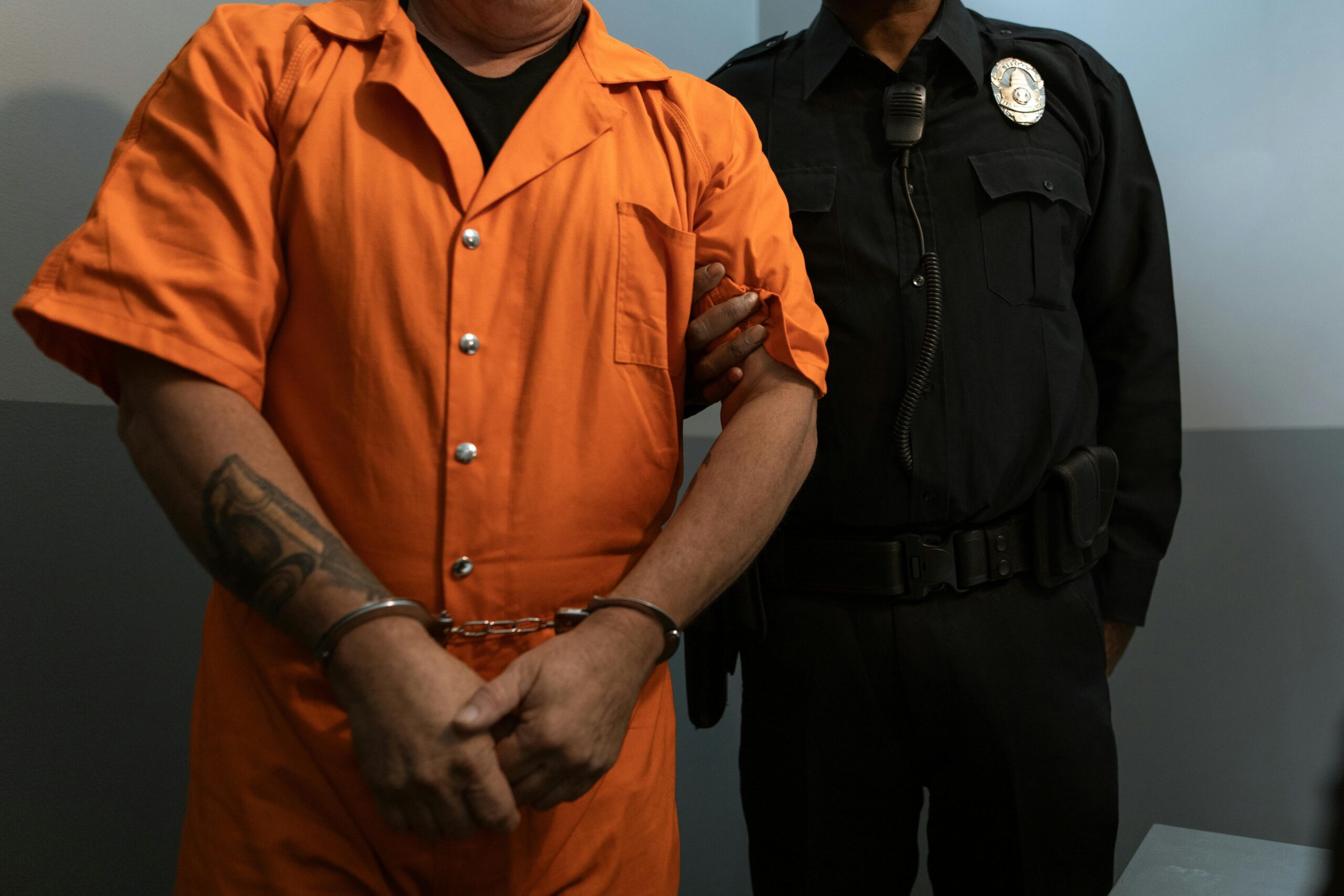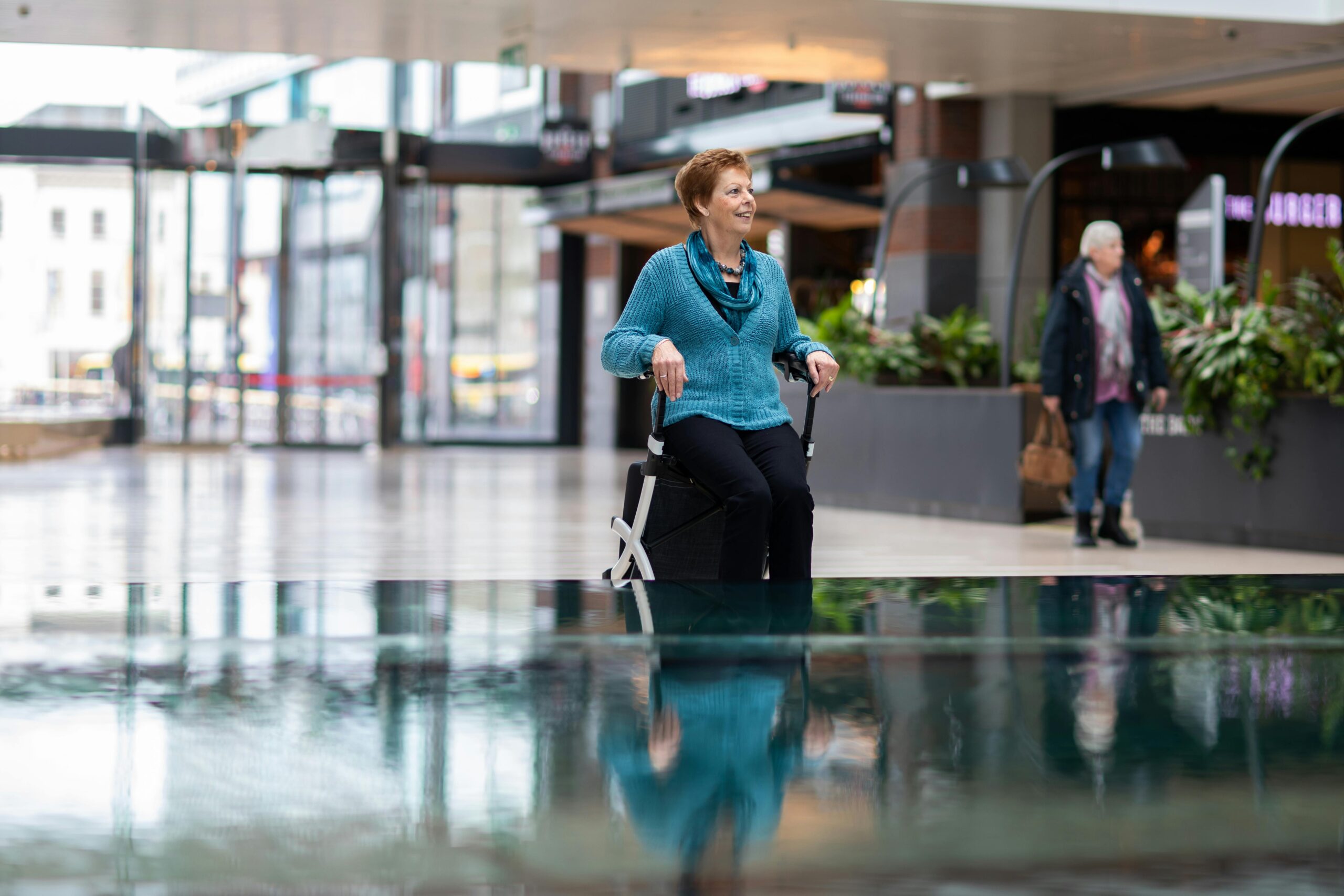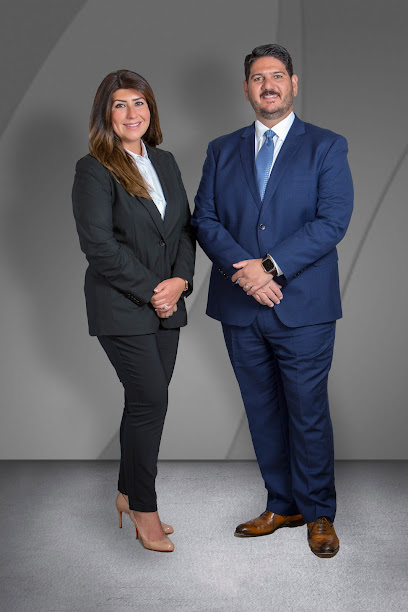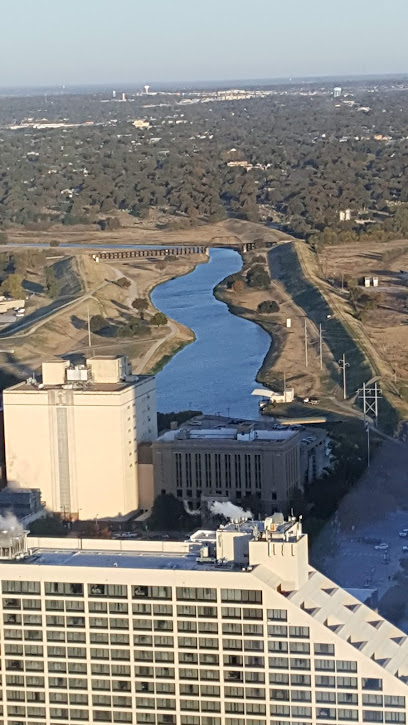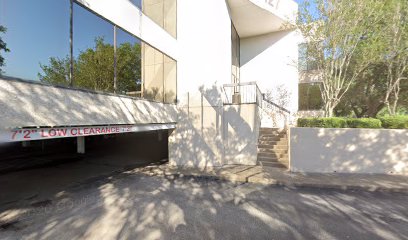Even though people typically use their vehicles year-round, in the summertime, cars, trucks, and SUVs pose unique hazards to children that are associated with the warmer summer months. You already know kids can get hit by cars any time of year, but do you know which hazards involve children and cars in the summertime?
For the purposes of this article, we’re going to discuss what it is about the summer that makes cars especially dangerous for children, beginning with heatstroke and hyperthermia. When a child is left alone in a vehicle in the summer, or if the child gains access to the car and no one knows about it, the child can develop heatstroke. Staying too long in a hot car can be deadly.
Keeping Kids Out of Hot Cars
You NEVER want to leave a child unattended in a hot car – not even for a couple of minutes with the air conditioning on and the engine running. Vehicles can heat up very quickly; if it’s only 80 degrees and breezy outside, inside the car, it can reach deadly temperatures in a matter of minutes. You can even have the window rolled all the way down and it can still reach 100 degrees or more in the car within a few minutes.
According to the National Highway Traffic Safety Administration (NHTSA), children’s body temperatures rise 3 to 5 times faster than adults. To learn more about preventing heatstroke, we recommend visiting NHTSA.gov/Heatstroke.
Keeping Kids Safe Near Driveways
In the summertime, it’s common for children to spend lots of time playing outside and on the family’s driveway. Kids love to ride skateboards, bicycles, tricycles, and roller skates on driveways and sidewalks, especially when school is out for the summer.
Before you back out of your driveway, walk around your vehicle and look around to see if any children are present. If you have a newer model vehicle with a backup camera, use it, but realize there can be children and pets playing in the camera’s blind spots or out of the camera’s view, so still look around and listen for children who may be playing close by.
According to NHTSA ,when children play, they’re often oblivious to cars and trucks around them. A child may believe that motorist are looking out for them. What’s more, all cars have blind zones and as the vehicle gets bigger and taller, so does their “blind zone.” NHTSA says that “Large vehicles, trucks, SUVs, and vans, are more likely than cars to be involved in backovers.”
We hope this information is helpful. If you need to file a car accident or personal injury claim, contact our firm today.

